Japan is known for its stunning natural scenery and rich cultural heritage. One of the best ways to experience both is by visiting its national parks. Here are the 10 most beautiful national parks in Japan, each offering something unique and unforgettable.
1. Introduction
Japan is home to some of the world’s most beautiful national parks. From snow-capped mountains and pristine lakes to rugged coastlines and ancient forests, these protected areas offer a chance to experience Japan’s natural beauty up close. In this article, we’ll take a look at the 10 most beautiful national parks in Japan, each with its own unique attractions and landscapes.
2. Akan National Park
Located in the eastern part of Hokkaido, Akan National Park is known for its volcanic landscapes, hot springs, and pristine lakes. One of the park’s most famous attractions is Lake Mashu, considered one of the clearest lakes in the world. Visitors can also take a boat tour on Lake Akan to see the park’s famous marimo, a rare type of green algae that grows in ball shapes.
3. Nikko National Park
Nikko National Park is located in Tochigi Prefecture and is home to some of Japan’s most iconic cultural landmarks, including the UNESCO World Heritage site of Toshogu Shrine. The park’s natural attractions include Lake Chuzenji and Kegon Falls, both of which are stunning in the fall when the leaves change colors.
4. Daisetsuzan National Park
Daisetsuzan National Park is the largest national park in Japan and is located in central Hokkaido. The park is known for its rugged mountain landscapes, including the active volcano Mount Asahidake. Visitors can hike the park’s many trails, soak in hot springs, and view the park’s wildflowers and wildlife.
5. Shiretoko National Park
Shiretoko National Park is located on the northeastern tip of Hokkaido and is known for its rugged coastline, towering cliffs, and abundant wildlife. Visitors can take a boat tour to see the park’s famous sea ice in winter or hike the park’s many trails to see bears, deer, and foxes.
6. Oze National Park
Oze National Park is located on the border of Fukushima, Gunma, Niigata, and Tochigi prefectures and is known for its marshlands, hiking trails, and stunning fall foliage. Visitors can take a boardwalk through the park’s Ozegahara Marsh or hike to the summit of Mount Hiuchigatake for breathtaking views.
7. Yakushima National Park
Yakushima National Park is located on the island of Yakushima in southern Japan and is known for its ancient forests, moss-covered rocks, and wild monkeys. Visitors can hike through the park’s ancient cedar forests, which inspired the film “Princess Mononoke,” or take a boat tour to see the park’s coastal scenery.
8. Chichibu-Tama-Kai National Park
Chichibu-Tama-Kai National Park is located in Saitama, Tokyo, and Yamanashi prefectures and is known for its rugged mountains, waterfalls, and hot springs. Visitors can hike to the top of Mount Kumotori, the park’s highest peak, or soak in the hot springs of Yumoto Onsen. The park is also home to the famous Nagatoro River, where visitors can go rafting or kayaking.
9. Sanriku Fukko National Park
Sanriku Fukko National Park is located in the northeastern part of Honshu and is known for its stunning coastline, rugged cliffs, and clear blue waters. Visitors can hike along the park’s many trails, visit its many fishing villages, or take a boat tour to see the park’s abundant marine life.
10. Setonaikai National Park
Setonaikai National Park is located in the Seto Inland Sea and is known for its stunning islands, ancient shrines, and abundant wildlife. Visitors can take a ferry to visit the park’s many islands, including the famous Itsukushima Shrine on Miyajima Island, or hike the park’s many trails to see its diverse landscapes.
Conclusion
Japan’s national parks offer a chance to experience the country’s natural beauty and rich cultural heritage up close. Whether you’re looking for rugged mountains, pristine lakes, or stunning coastline, there’s something for everyone in Japan’s national parks. So why not plan a visit today and discover the beauty of Japan’s natural landscapes?
FAQs
- What is the best time to visit Japan’s national parks? The best time to visit Japan’s national parks depends on the park and the season. Some parks, like Nikko National Park, are beautiful in the fall when the leaves change colors, while others, like Shiretoko National Park, are best visited in the winter to see the sea ice.
- Are there any admission fees for Japan’s national parks? Yes, most national parks in Japan have admission fees. The fees vary depending on the park and the season, so it’s best to check the park’s website before you go.
- Can I camp in Japan’s national parks? Yes, many national parks in Japan have designated camping areas. However, you’ll need to bring your own tent and camping gear, and some parks require reservations.
- Are there any restrictions on hiking in Japan’s national parks? Yes, some parks have restrictions on hiking during certain seasons or in certain areas. It’s always best to check the park’s website or ask park staff before you go.
- Can I bring my pets to Japan’s national parks? In general, pets are not allowed in Japan’s national parks. However, some parks have designated pet-friendly areas, so it’s best to check the park’s website or ask park staff before you go.

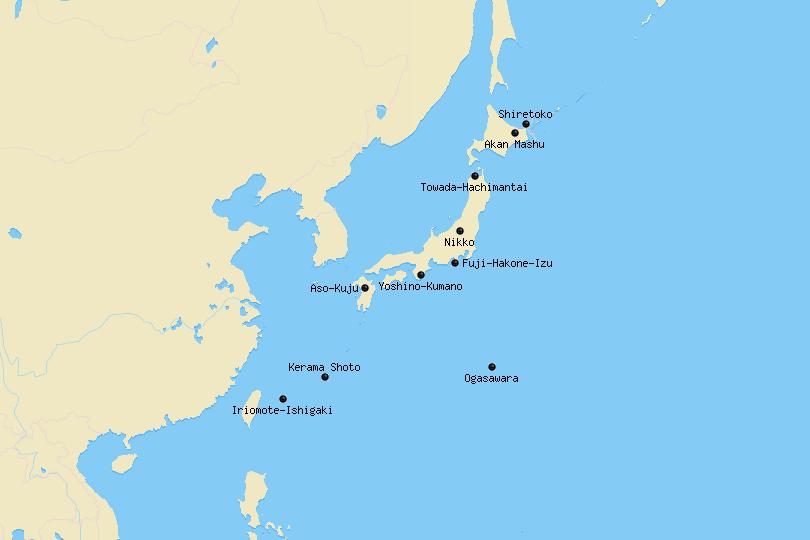


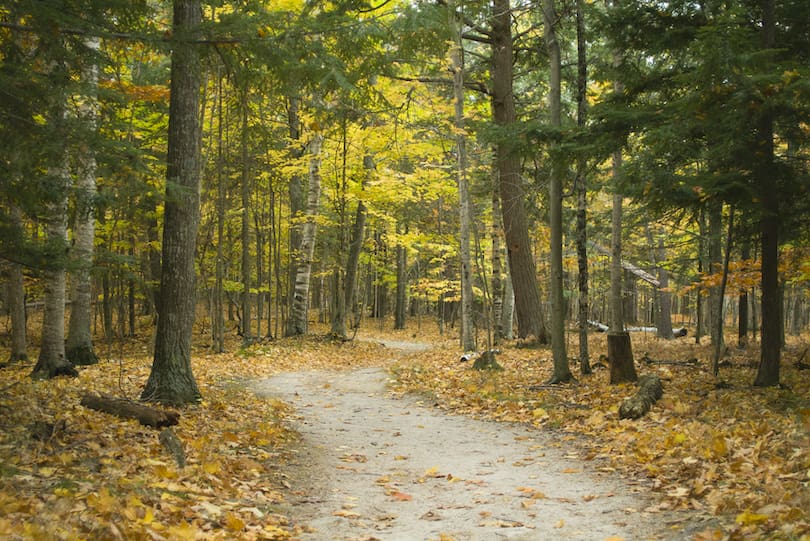


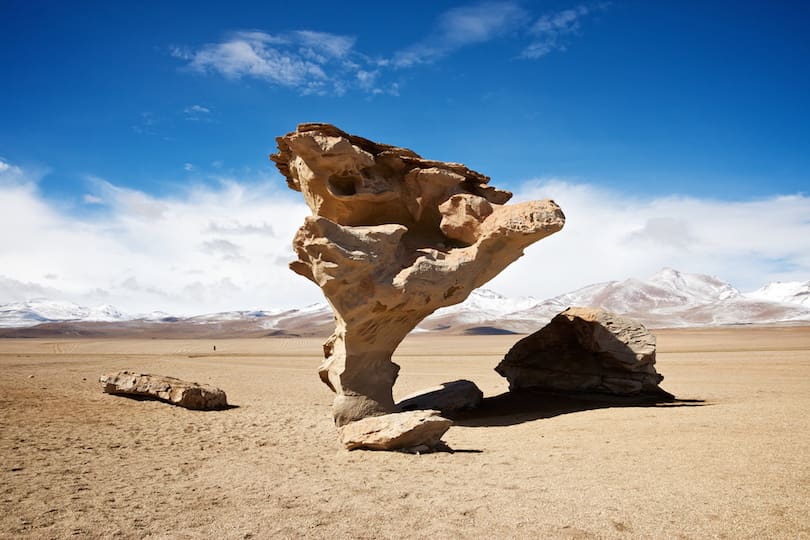
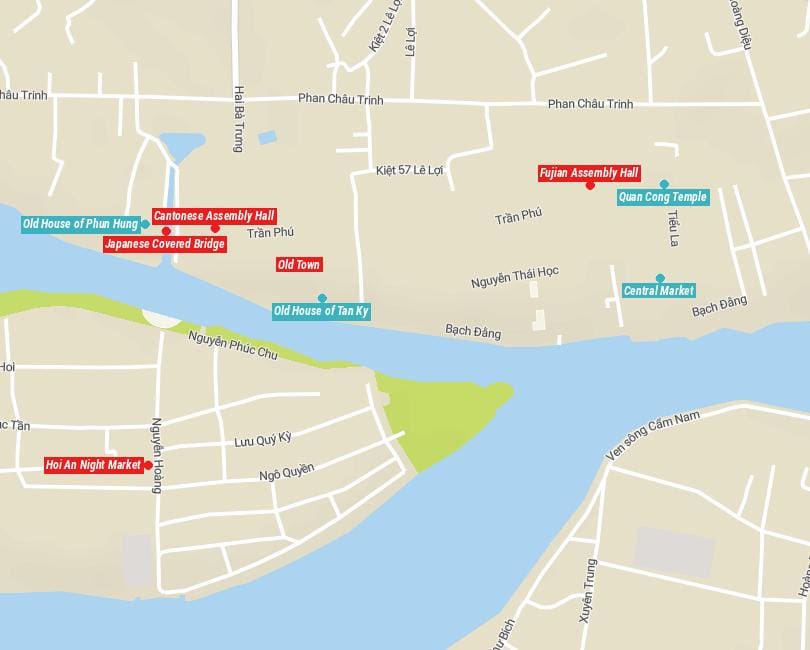
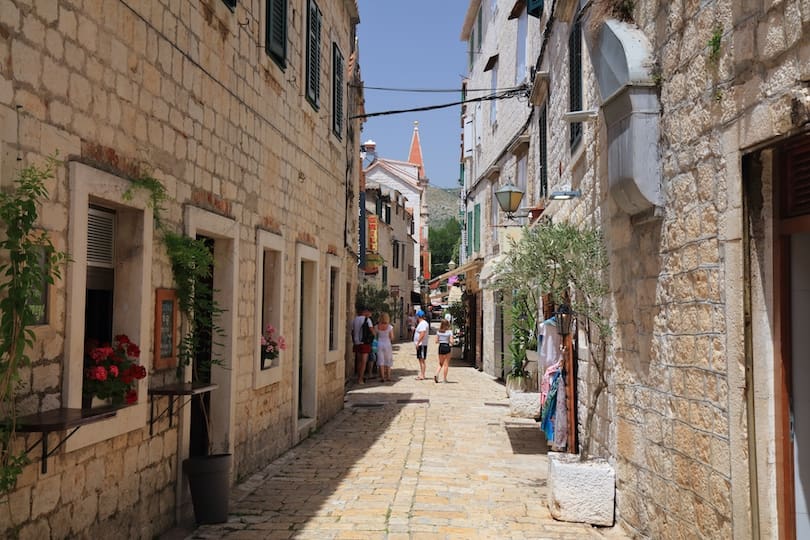


The next time I read a blog, I hope that it doesnt disappoint me as much as this one. I mean, I know it was my choice to read, but I actually thought youd have something interesting to say. All I hear is a bunch of whining about something that you could fix if you werent too busy looking for attention.
Fantastic blog! Do you have any suggestions for aspiring writers? I’m hoping to start my own blog soon but I’m a little lost on everything. Would you propose starting with a free platform like WordPress or go for a paid option? There are so many options out there that I’m totally confused .. Any ideas? Thanks a lot!